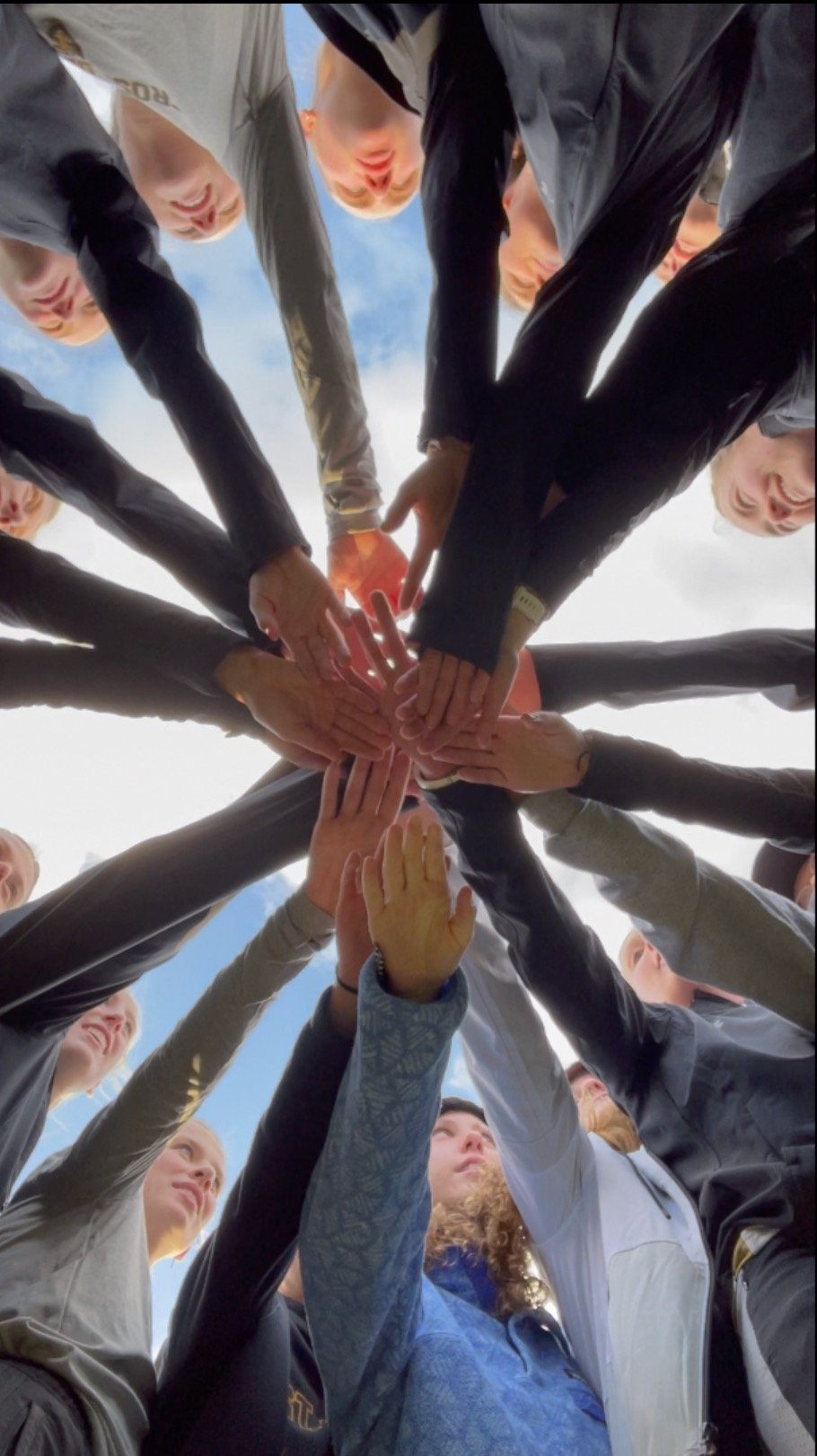For the Love of Running: An Ode to the Back of the Pack
Photo Credit: Lauren Bitner
As a D3 runner, you come in knowing that D3 doesn’t get the recognition and shine of D1. Sure, D3 has exceptional studs like Kassie Parker and Fiona Smith, but it’s really the hearts on a team that makes the division special. It’s the people who start traditions, or the ones who want to run so badly they beg their head coach to let them on the team.
When I joined the St. Olaf cross country team, I came in knowing I was going to be a back-of-the-pack runner. These are the runners who don’t score for their team; who make it to the conference meet but certainly won’t break any records. Back-of-the-packers won’t be on the nationals team. They might be close, within seconds of grabbing the coattails of the top seven, but that’s not why they run.
It wouldn’t be D3 without these runners who don’t score, and who maybe aren’t even in contention to score. In fact, one could argue these runners are the reason D3 exists at all. There’s something special about the people who choose to run simply because they love the sport. Those who know full well they won’t see the glory of being a national champion. But they aren’t ready to give up the dream or the team just yet. Can you really blame them?
A certain vulnerability exists by putting yourself out there knowing you won’t achieve greatness in the traditional sense. A runner can push themselves to the edge — give everything they have in training and competition — and still fall utterly short of “greatness.” In D3, this vulnerability is everywhere. Your wins and failures are laid bare to your teammates, coaches and spectators.
Some of my teammates and I will often be in the pack towards the back edge of a race. We’ll come through the finishing chute after the crowds of teammates and parents have cheered the top 20, sometimes top 100, to their finishing kick. We’ve put in the same amount of work and yet here we are at the back. To an outsider, it may not look worth it. Why suffer if you know you won’t be near the top? The answer is complex and different for each person.
I think back to why I wanted to run D3, and why so many women have wanted to run at St. Olaf. It was pretty clear I didn’t have the high-school times to even claw my way onto a D3 varsity team at the level of St. Olaf, but I wanted to be on a team — badly. I wanted to cheer teammates on in their battles against Carleton. I wanted to race, and to practice with a team. Quite simply, I wanted to run with other people who love the sport as much as I do.
Kevin Montresor, a teammate of mine at St. Olaf, puts it aptly: “Even though I know my individual result likely won’t matter in terms of scoring, it’s always exciting to put on the jersey and compete. It’s one of the things that makes cross country, particularly D3 cross country, so special when compared to other sports where playing time isn’t guaranteed.” In D3 running team members compete together, with and for one another, until the postseason begins. It’s remarkably special to put on the singlet and run. Even if your finishing times are minutes off the frontrunner of your team, you still get to race with them. Off the starting line, everyone is an equal.
What makes cross country so different from track and other individual sports is how dependent it is on a team working together through a race. Before meets this season, my coach Erica Maker would say, “let’s go hunting.” To me, this phrase means so much more than picking off opposing runners. It’s a reminder to work in packs, and to use every person on your team. The team isn’t dependent on the top seven — it’s dependent on every runner competing to their very best.
Kellen Cesarone of DePauw put into words a sentiment many D3 runners feel, “Being a middle-pack runner allows me to enjoy all sides of running: training hard and putting in the work with my teammates, racing in massive open invitationals, and spending the championship season being a cheerleader for our top squads. Nothing beats a 3-hour drive to watch our top ladies and men run hard.” Each person on a D3 team contributes in different ways. The hearts on a team drive hours to see their top runners give it all. They make signs, wave flags, sing chants, and cheer the loudest they can for their teammates.
When Chris Daymont founded the St. Olaf women’s team, she coined a phrase held sacred by Oles who run: “We love it, times 8.” We run because we love it. We run because we love our teammates, the process, and the sense of purpose and community it provides. We love running and racing so much, we will say we love it eight times over. This is what it means to be a back-of-the-pack runner. You do it because you love it.
